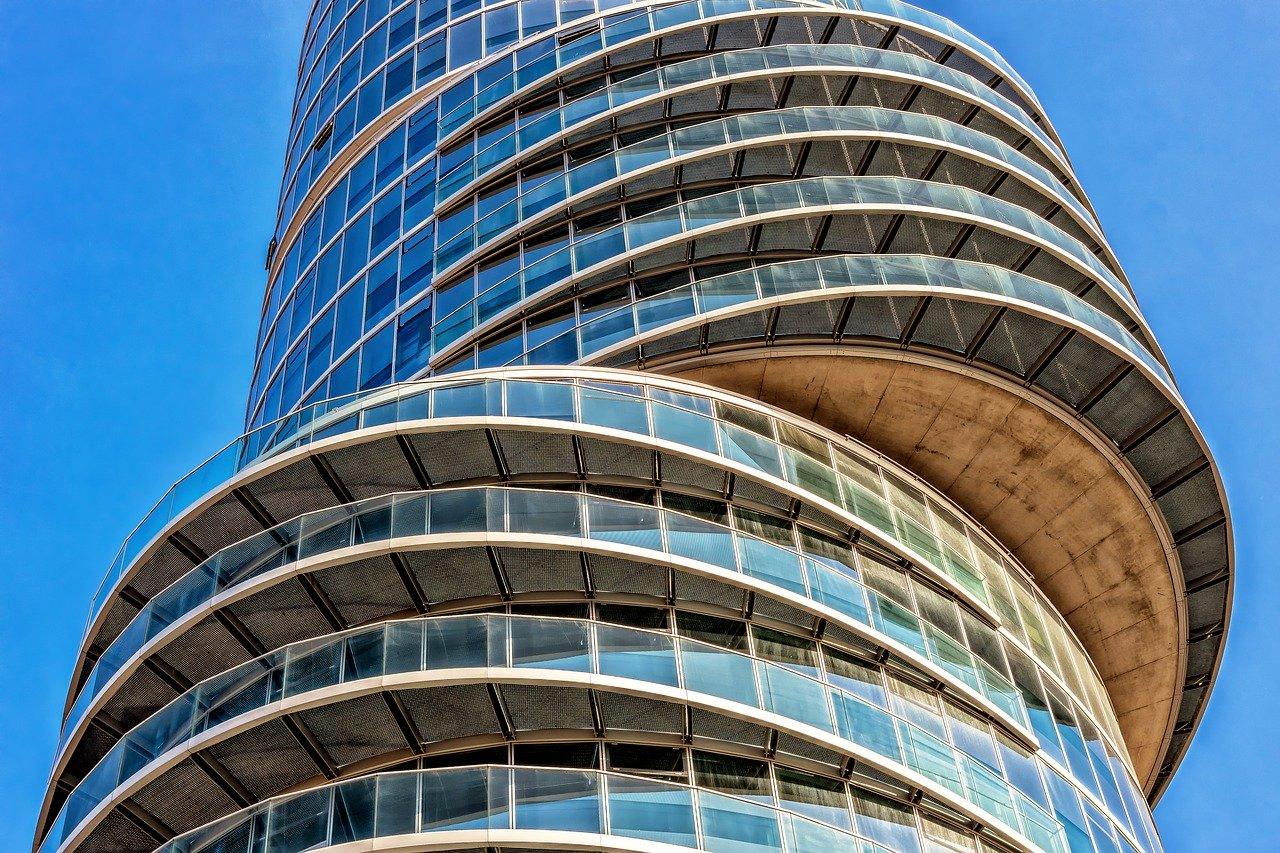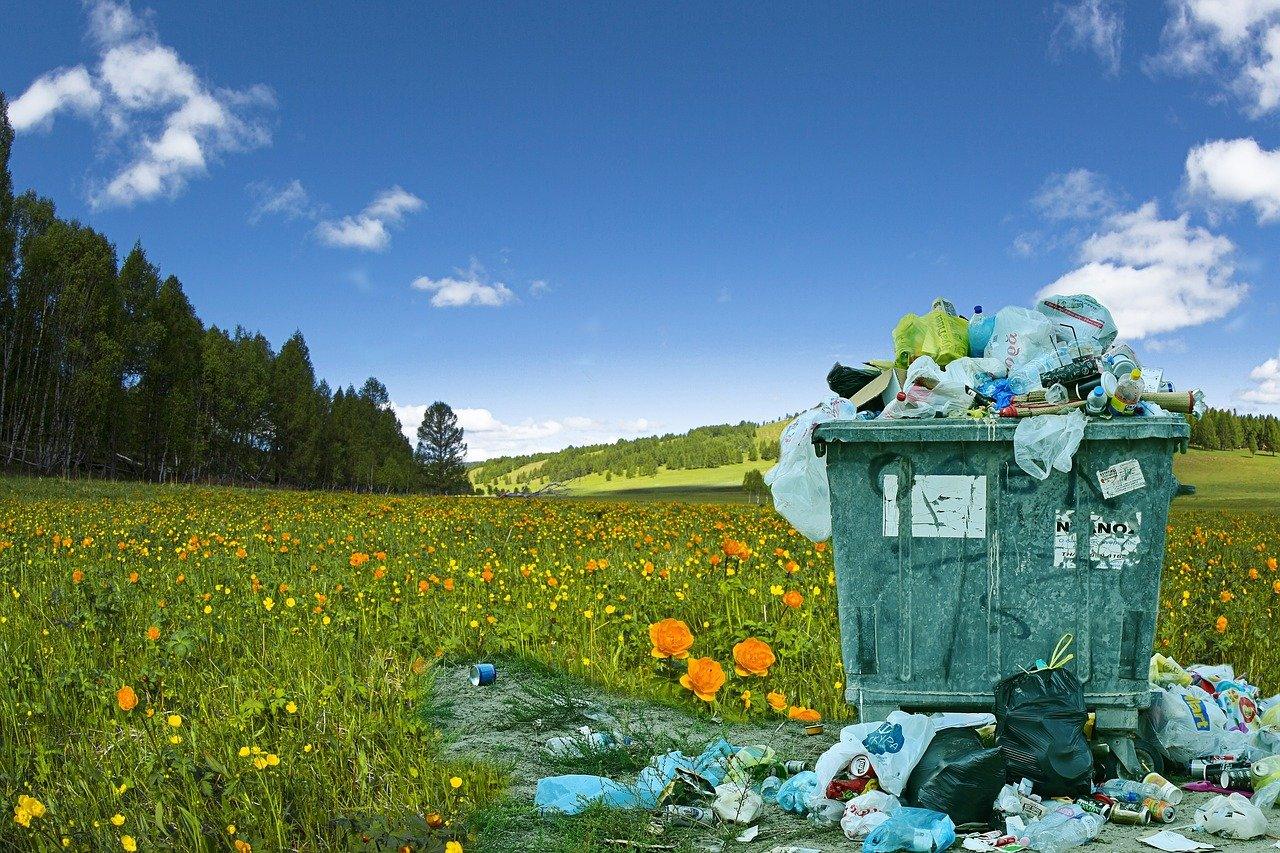40% OFF ALL LEED EXAM PREP PRODUCTS! | PASS YOUR EXAM CONFIDENTLY, ON YOUR FIRST TRY!
40% OFF ALL LEED EXAM PREP PRODUCTS! | PASS YOUR EXAM CONFIDENTLY, ON YOUR FIRST TRY!
Add description, images, menus and links to your mega menu
A column with no settings can be used as a spacer
Link to your collections, sales and even external links
Add up to five columns
Add description, images, menus and links to your mega menu
A column with no settings can be used as a spacer
Link to your collections, sales and even external links
Add up to five columns
What is WELL Building Standard?
3 min read

Co-existence between nature and humans is one of the fundamental tenets of life, and this makes sustainability an integral aspect. At the heart of it all, sustainability is the process of preserving and enhancing what we have today for posterity.
When you see this meaning from an architectural standpoint, some aspects emerge. They are:
- Creating buildings that last well into the future
- Using construction materials and processes that are environment-friendly
- Enhancing interiors with eco-friendly materials
- Employing simple and lasting maintenance strategies
The above sustainability aspects are broad and can be adapted to different situations and countries. While this flexibility could help, to some extent, it can also lead to chaos and confusion as to which is the right way forward for sustainable architecture that enhances the synergy between humans and our immediate environment.
To alleviate these varied interpretations and to lay out clear guidelines, two standards emerged. They are LEED and WELL.
In this article, we will focus on the WELL building standard.
What is WELL?
The International WELL Building Institute (IWBI) has created the WELL building standard aimed to transform the buildings and communities in such a way to make them sustainable and to help people to thrive in them.
At the same time, WELL also aims to provide a comfortable living space that enhances people's health and wellness. In other words, it combines the need for a healthy living space with the well-being of the environment.
The International WELL Building Institute has grounded its work and standards on medical research that explores the connection between people, buildings, and the environment, to promote sustainability and well-being. It is an international body that operates in 81 countries and includes more than 8,000 professionals who are working to create thriving and sustainable living and working spaces for everyone.
As of 2019, there are about 1,610 projects and 159 certifications given out.
How Does WELL Certification Work?
WELL is a performance-based system that measures and monitors a building's features to ensure the health of people and the environment. It measures the environment-friendliness of a building based on eleven areas, and they are:- Air
- Water
- Nourishment
- Light
- Movement
- Thermal comfort
- Sound
- Materials
- Mind
- Community
- Innovations
Each of these aspects comes with a set of preconditions that every building must meet to be WELL-certified. Besides all the preconditions, each of these aspects also comes with a set of optimizations that can be used to enhance each aspect.
For example, there are four preconditions for air, namely, good indoor air quality, a smoke-free environment, adequate ventilation, and minimizing construction-related pollutants for human health. These four preconditions have to be met to get the certification, while ten optimizations are useful to enhance the quality of life of those living in it.
Why Should Buildings Be WELL Certified?
Now that you have an idea of what is a WELL certification, let's see why you should adhere to these standards.- Helps to save money with better resource efficiency
- Makes management a breeze
- Attractive to tenants as they can get a better quality of life
- Could enhance the reputation of companies that operate in a WELL-certified building
- Improves the health of people
- Adheres to the environmental sustainability goals of your local city, state, and country
Also in Projectific Blog

What Changes In LEED v5 & When Will The LEED Exams Will Be Based On LEED v5?
2 min read
As building professionals prepare for this significant update, two critical questions arise: what are the major changes in LEED v5, and when will the LEED credential exams transition to the new version?

How LEED Handles Recyclables With The Storage And Collection Of Recyclables Prerequisite
2 min read

LEED Heat Island Reduction Credit Explained
2 min read

